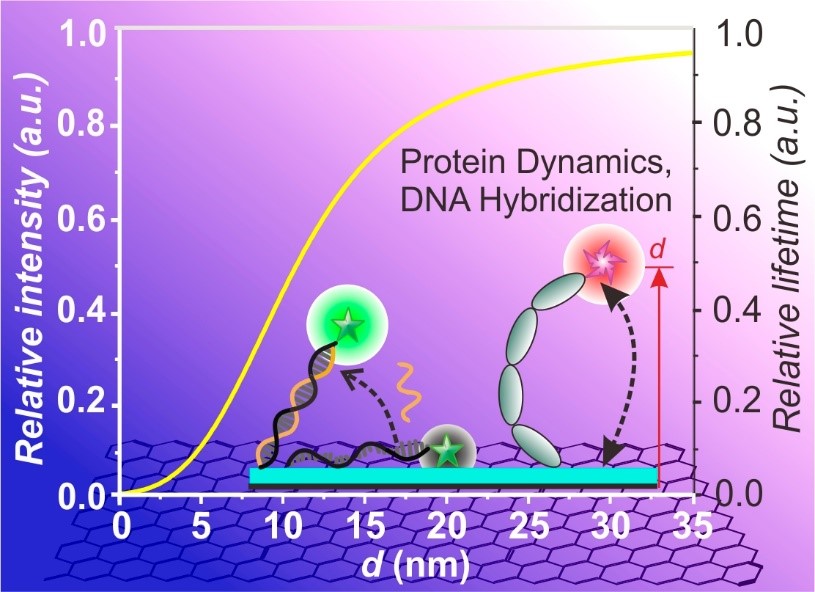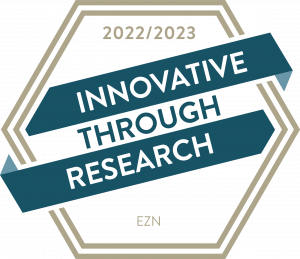Graphene induced energy transfer for the quantification of the structure and dynamics of protein complexes
// Analystics // Bioanalytik // Biotechnik // Chemical Analysis // Chemistry
Ref-Nr: 16945
Abstract
The present invention relates generally to the structure and activity determination of biomolecules. By developing biofunctionalized graphene layer as a sensitive sensor for biomolecules, the nanoscopic anatomy of protein structure and detection of DNA hybridization are obtained. The field of the application is biosensor. The invention has a broad application in scientific research, diagnosis and drug screening.background
The structure of proteins and protein complexes determines their functions in pharmaceutical applications. The extensively used fluorescence methods for exploring protein structures are based on Förster Resonance Energy Transfer (FRET). Meanwhile, molecular beacons based on FRET are widely used for DNA hybridization in polymer chain reactions (PCR). However, the sensitive distance of FRET is limited up to 10 nm.
Innovation / Solution
The new technology relates to a method for the production of carrier layers with a biofunctionalized graphene layer and its use to determine the structure and structural dynamics of biomolecules, in particular nucleotides, proteins and protein complexes. This invention also includes new compounds for the biofunctionalization of graphene, in particular new amphiphilic molecules for the non-covalent surface coating of a graphene layer. The new method for using GIET to determine the structure of a large spectrum of biomolecules has already been demonstrated using examples of DNA and proteins.Benefits
An extended sensitive range to 30 nm and subnanometer distance sensitivity of GIET.
Quantitative detection of nucleotide hybridization and the structural dynamics of proteins and protein complexes.
Ultrahigh detection sensitivity to single molecule level, dramatically reducing sample consumption and time of analysis.
Only single fluorescent labeling on biomolecule (e.g. protein) is required.
Quencher-free molecular beacons for DNA hybridization by GIET analysis.
New compounds for efficient non-covalent biofunctionalization of graphene.
GIET chips and kits for the uses of scientific research, diagnosis, and drug screening.
Automated large-scale screening of target DNAs and drug candidates in an integrated GIET devices equipped with fluidic system and auto-sampling system.
fields of application
Research, diagnosis, biosensors, drug screeningYou can close this window. You can find your search results in the previous window




